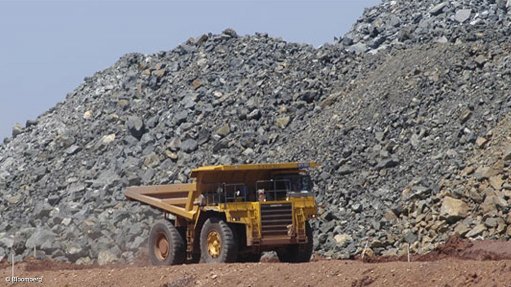
Photo by: Bloomberg
PERTH (miningweekly.com) – A definitive feasibility study (DFS) into its integrated nickel re-start plan, in Kambalda, has confirmed the potential for the production of 63 000 t of nickel-in-concentrate over a five-year period.
ASX-listed Mincor Resources on Wednesday noted that the project would require a capital investment of A$68-million and would have a life-of-mine all-in sustaining cost of A$4.47/lb.
Based on the forecast nickel price of A$10.20/lb, the project is expected to have a net present value of A$305-million and an internal rate of return of 98%, with earnings before interest, taxes, depreciation and amortization reaching A$585-million over the life of the project.
The initial five-year operation considered in the DFS is based on 2.5-million tonnes of ore, grading 2.9% nickel for 71 000 t of contained nickel-in-ore and 5 000 t of copper-in-ore respectively.
The Mincor Nickel Operations is expected to consist of the Cassini and Northern Operations, at the start, with the Miitel mine contributing at the back half of the project life. The flagship Cassini mine will contribute 56% of the total nickel-in-concentrate production over the initial life of the project.
Mincor told shareholders that the DFS paved the way for a final investment decision by early in the September quarter, which would result in first nickel-in-concentrate production being achieved by the second half of 2021.
MD David Southam said that the delivery of a positive DFS on the integrated nickel re-start plan just seven months after inking an ore tolling and offtake purchase agreement with major BHP was an excellent outcome for the company.
“This establishes a clear blueprint for Mincor’s return to nickel production at Kambalda, based on an integrated mining and production plan with relatively low capital intensity, low forecast operating costs and attractive financial returns. Importantly, capital expenditure and operating costs estimated in the DFS are based on tendered contract rates provided by the mining contractors.”
Southam said that engagement with financial institutions for funding has been encouraging, given the company’s low-risk approach to development, low capital intensity, and an exceptional counter-party in BHP.